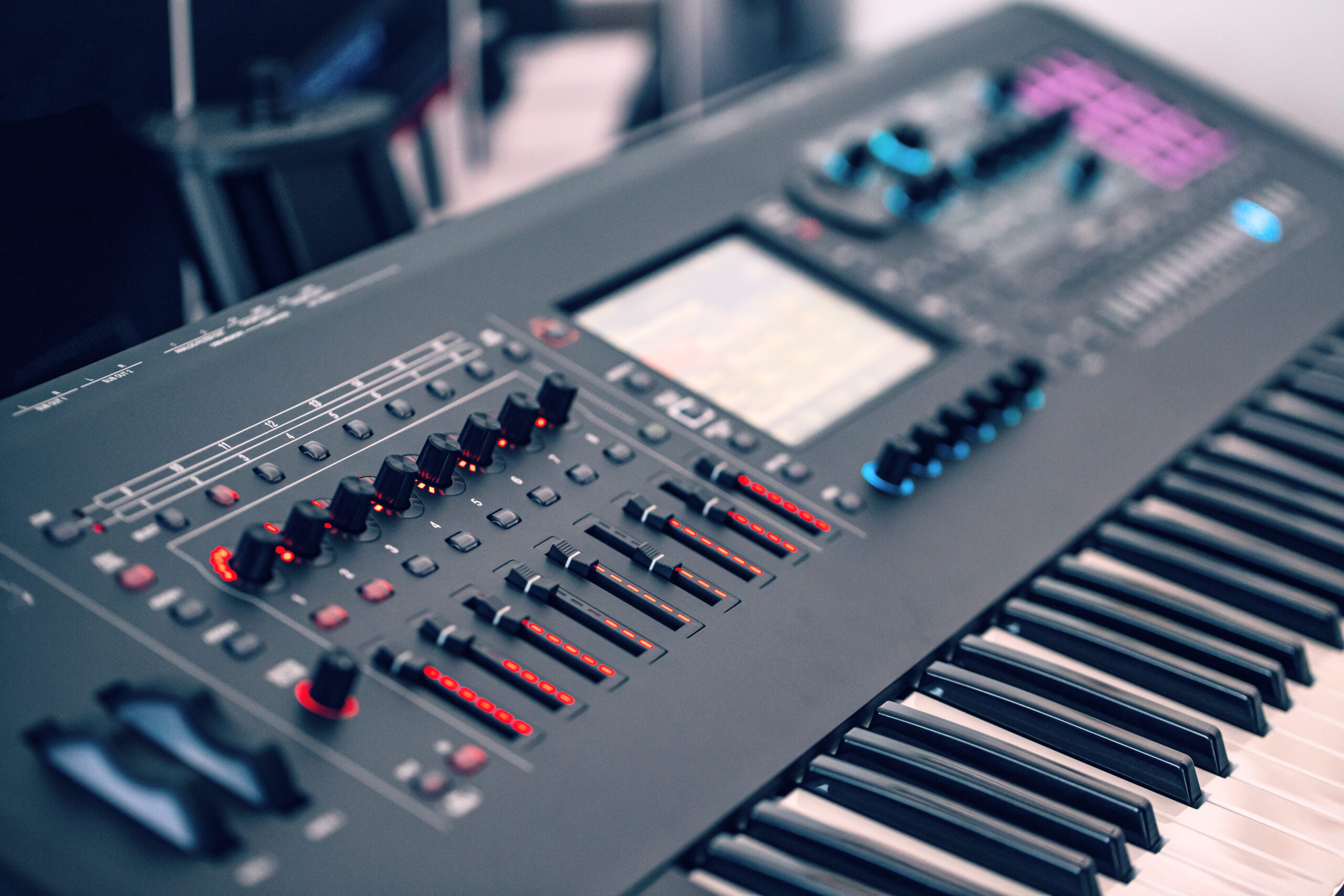When it comes down to synthesizers as to the musical instruments, there are tons of synthesizers which have come around since the rise of synthesizers. Still, as of any other products defining the market with its own culture, few could made it to the history of synthesizers. The first one to make it to the history is of course the mighty Minimoog released in 1971 with the talent of Robert Moog by Moog Inc. Yet, we won’t talk about analogue synthesizers but digital synthesizers. One of them is the Emulator series by Emu System.
A short history of E-mu System Emulator I
When the transition from analogue to digital synthesizer took place, it created a heavy buzz in the music industry. This was the time of 1980s. It was a glorious colorful world full of optimism and unity. A whole new art and culture was born in in 1980s that would made this decade stand out from the rest. Like with any other technology, digital synthesizers defined the sound of 1980s. From the pop artists to rock and metal culture, digital synthesizers were heavily used. One of the decades defining sound was created by the use this bold box of creation, Emulator series.
E-mu System was found by two The University of California students Dave Rossum and Steve Gabirel and Jim Ketcham who was a student of The California Institute of Technology. They had a vision for a modular synthesizer when they started out and they indeed successfully launched their creation in 1974. It received well competition against then prominent modular synthesizer company such as Arp, Moog, Buchla etc.
Fast forward to 1981,E-mu system released their first Emulator series. This was considered the first most affordable sampler and digital synthesizer. Note that, the sampling synthesizer was already on the run by other company such Fairlight CMI. Yet, Fairlight was so expensive that not everyone could grab a hold of that heavy workstation. To change the game, Emulator I came in.
Unique features of E-mu System Emulator I
This piece of machine used one of the classic floppy disk to store the presets and other samples. Then you could play those stored preset or sound with the trigger of the keyboard. This was another total workstation of the time. With these sampling features, artists found themselves experimenting with various sound samples and creating fascinating sounds which added a new level to their musical arrangement and composition. This feature of storing sounds also was quite convenient for the musicians to pass on sound samples to other musicians, such as band mates or producers.
Technical characteristics of E-mu System Emulator I
Emulator I was an 8-bit sampler. This was still cool for lot of people to work with this machine, however, what was not cool or found inconvenient was the limited features. For instance, a lack of VCA envelope. There was only a filter to filter out the sound. The keyboard was always split in two right upon turning on the synthesizer.
Also, to play the full keyboard required you to load same sound across the keyboard. Ouch! Still, it was quite a feature back then. In 1982, they took care of the issue such as putting some VCA generator to control the amplitude of the sound. They also added a sequencer. Now, this was quite an updated feature. With this, you could record your sample and play it in loops.
You could and still arrange some sort of a recorder, and you could hook it to the back of Emu in the input in cable plug.
On the front you need to set the input gain with switch in the input panel. On the right top of it, you need to set the attenuation potentiometer to take care of the overloading factors. You need to switch it with the red button, still inside the Input panel. If you see the light blinking red, it indicates that it is overloading. In that case, you need to do some adjustments by turning the attenuation knob. You need to press it down for a while to lock the gain.
Then, you could go ahead and navigate to your sample, and press the sample button again. This is enough to set you to play on the lower level. A nuisance is Emu’s sampled sound would drop out within two seconds. To get rid of this problem, Emu did have a section called ‘Sustain filter’ where you could adjust the loops. You need to select between lower and higher part of the keyboard where the sound resides and you come down to the slider, there you need to tweak the loop point with the slider. With this right spot, you can have that vintage loop from 1981.
Although this was still naive to what is out there in this modern times we are now in 2022, this was a hit. This synthesizer was used by popular figures like New Order, Tangerine dream and Genesis.

